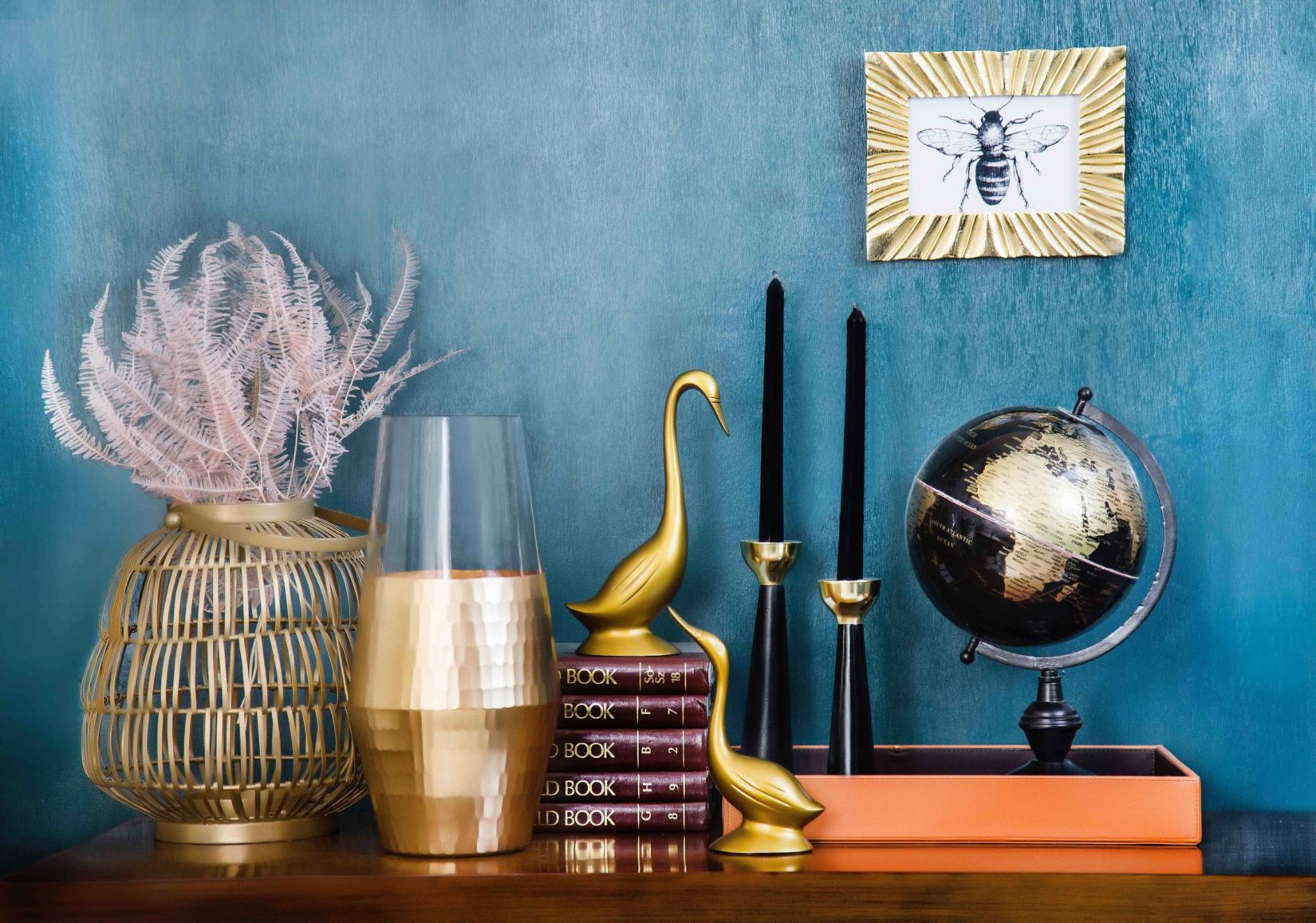
The hallmarks of Minimalism, such as clean lines, neutral color palettes, and uncluttered arrangements, have captivated the eyes of both designers and homeowners alike for decades. These identifying characteristics are found in Midcentury, Scandinavian, Modern, and Industrial styles and have taken the mainstream home design world by storm.
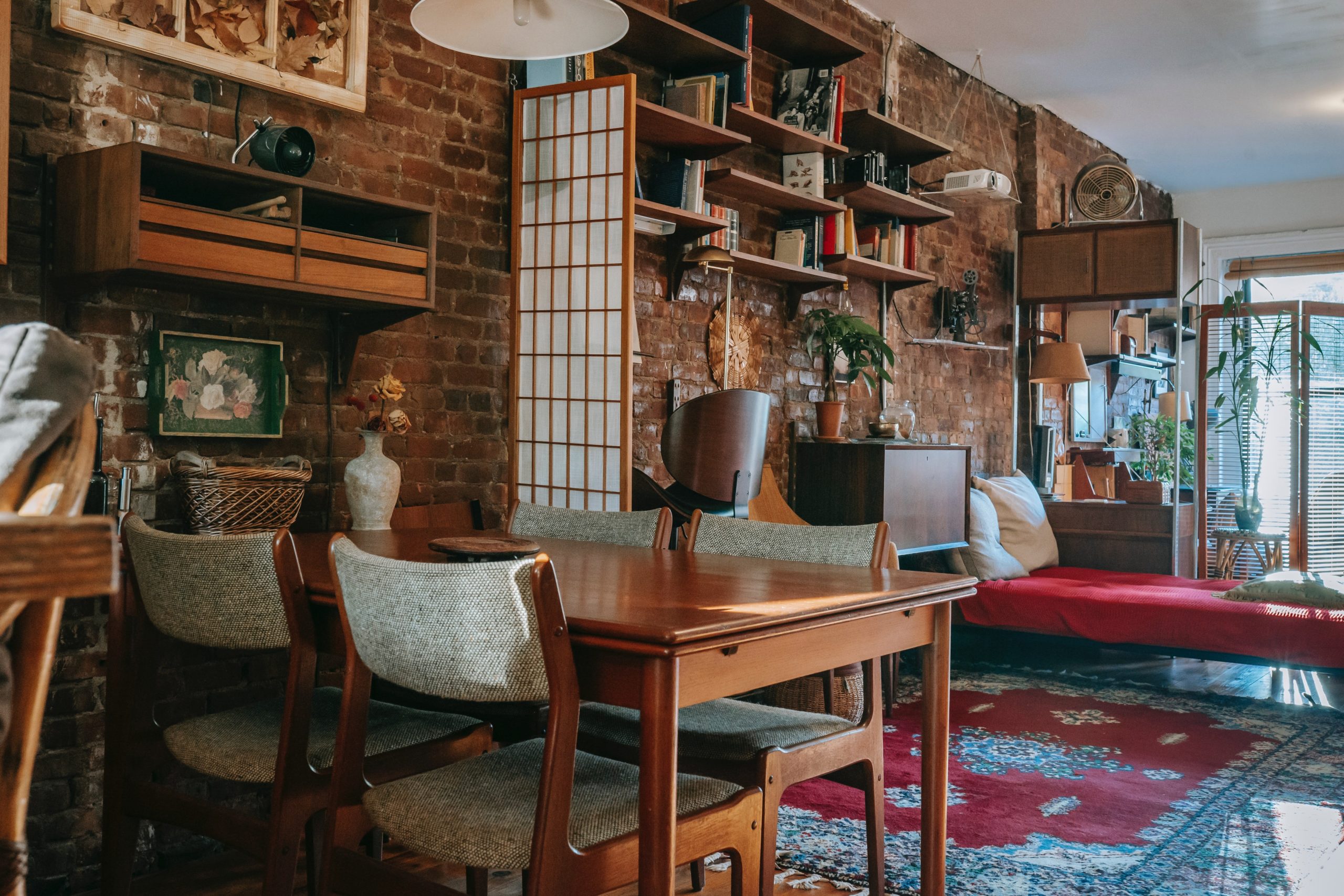
While simplistic spaces can spark serenity, the opposite approach certainly has its own benefits as well. Whether as a result of more time spent at home over the past year or the inevitable back-and-forth of the infinite trend cycle, many are stepping back from the ‘less is more’ movement and embracing Maximalism instead, where ‘more is more.’
Mastering the art of Maximalist design stretches far beyond oversaturating your space with quirky art and pops of hot pink. Most importantly, there is no single approach to going bold. Each journey is intensely personal and remarkably evocative.
Here are a few tips to help you embrace your inner Maximalist:
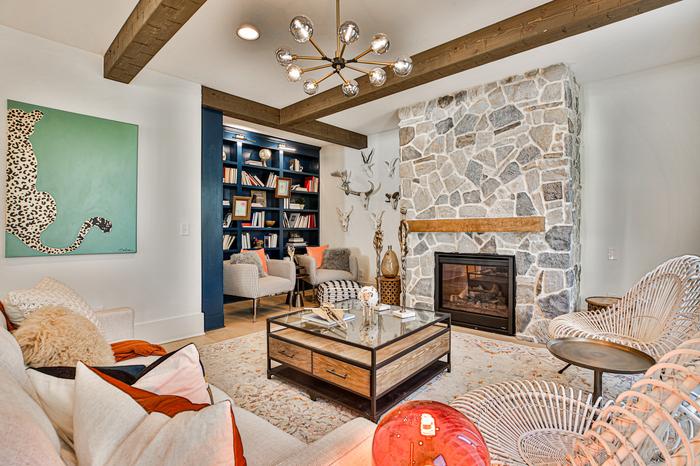
Tell Your Story
The first thing to consider when looking to start designing is, quite simply, you. What inspires you? What nostalgic or important details do you wish to display? What tells the story of your life and your creativity in the most elaborate way possible? The beauty of Maximalism is that it allows your space to be as unique and expressive as you are.
Adorn every inch of your walls with a gallery of artwork you’ve accumulated throughout your life’s journey. You’ve always wanted a cheetah print couch and a funky cobalt blue accent wall? Do it! To the surprise of many, Maximalism is at its best when seemingly contrasting combinations of stone, wood, and metal elements pair perfectly with funky prints and pops of color, giving your room the most unique personification of you.
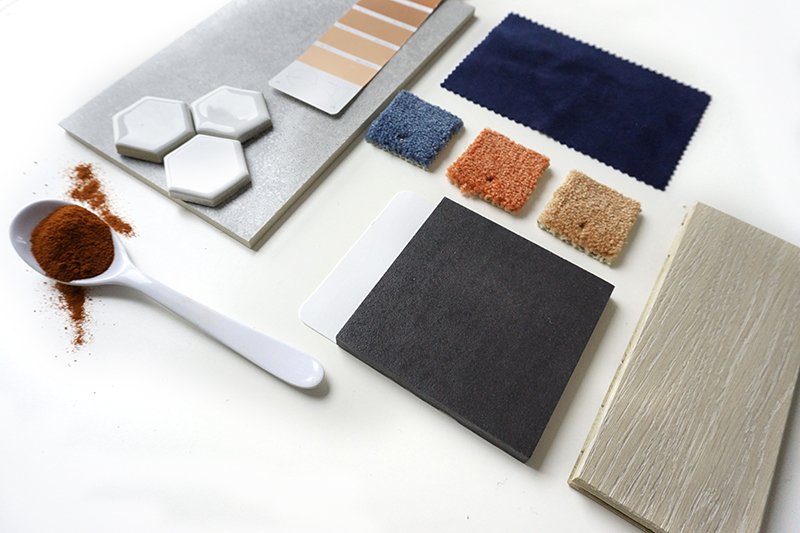
Embrace Color
If the somewhat monotone and/or stark application of color in conventionally Minimalist design feels too restrictive for your tastes, there are other stylistic options to embrace. In particular, one of the true joys of Maximalism is the freedom to be bold in your color choices, in terms of color selection, layering and juxtaposition.
While there are no particular rules, discovering a color palette that best suits you is a great place to start. Perhaps a regal theme of royal blues and deep reds catches your eye, or maybe it’s an array of warm tones of red, orange, yellow and pink. Choosing an overarching color scheme will help maintain a sense of cohesiveness and intention, rather than a mix-and-match jumble of miscellaneous pieces.
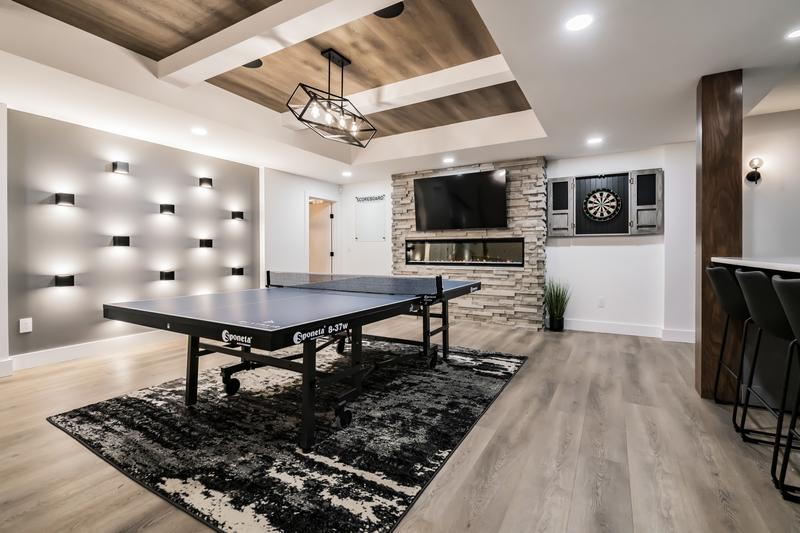
Patterns & Texture
The key to achieving a Maximalistic masterpiece is the incorporation of both patterns and textures. For many of us, this can mean it’s time to forget anything we’ve previously believed about mixing patterns. The key to finding the perfect balance between both pattern and texture is considering scale, and the golden rule of Maximalism is to pair larger patterns with small prints. When all details remain on the same scale, the eye is unable to distinguish a focal point, and the fine line between perfect curation and utter chaos is lost.
A large-scaled stone or brick accent wall is a clever way to achieve this look and find balance by incorporating depth and texture to your space without overpowering the eye and taking away from the unique appeal of the space. The textured backdrop adds complexity and helps to create a sense of harmony whether sitting behind a grand gallery wall or statement piece of abstract art.

Ultimately, the enduring beauty of Maximalism lies in its fearless approach to self-expression. At its best, Maximalism is an eccentric composition of colors, patterns and objects that can be further embellished with exaggerated visual layers and textures. As the true counterpoint to Minimalism, Maximalism often tells a rich, theatrical story that personifies the inhabitant of a space.
Since every space has a story to tell, why hold back on yours? Maybe now is the perfect time to make a ‘more is more’ statement of your own.